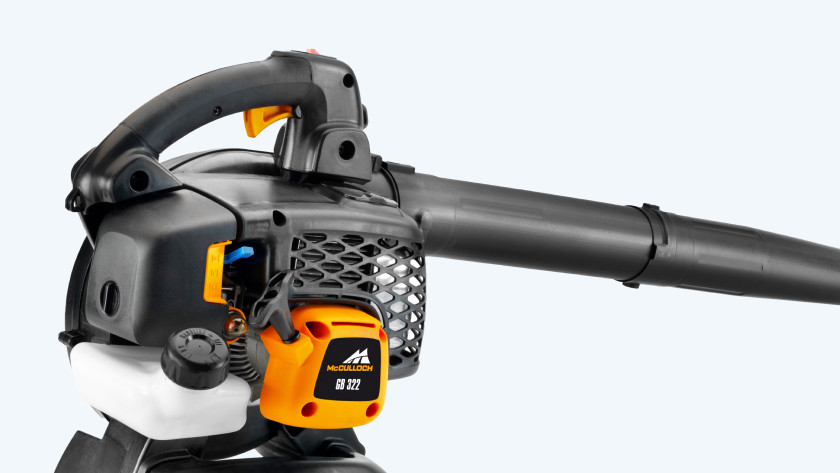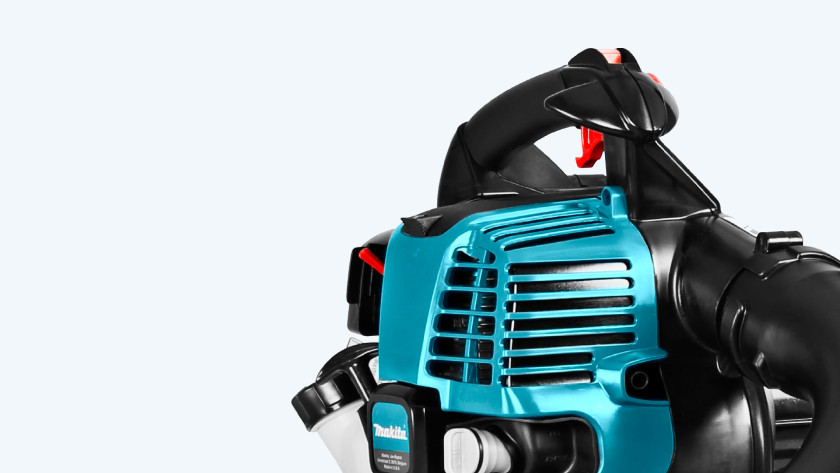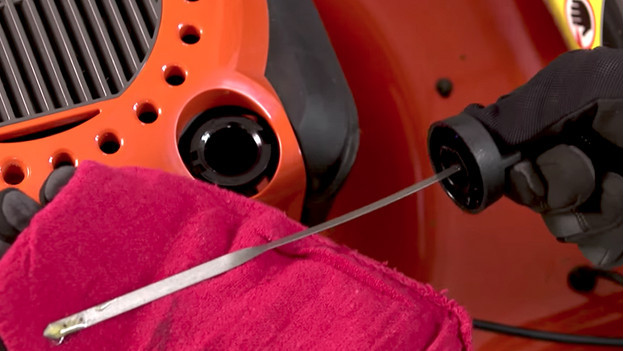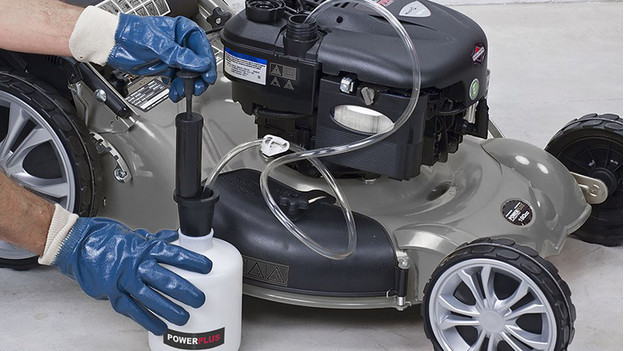
Can you use E10 gasoline in garden tools?
Can I use Euro 95 or E10 for my garden tools?

Two-stroke engine
E10 isn't suitable for garden tools with a two-stroke engine. Two-stroke engines don't handle aggressive components well. In addition, a two-stroke engine runs more smoothly and the engine lasts longer when you use a mixed lubrication. The manual of your tool will tell you what ratio of mixed lubrication you need. You can buy a mixed lubricant ready-made, or you can mix it yourself.

Four-stroke engine
Do you have tools with a four-stroke engine from before 2012? E10 isn't suitable and you should choose Euro 98 or alkylate gasoline. For tools purchased after 2012, always check the manual first.
Maintenance when using Euro 95 E10

Because E10 has a shorter shelf life, it's important that you check how viscous the gasoline is. After 3 weeks, the gasoline turns into a viscous substance that's harmful to the engine. If you don't use the tools for more than 3 weeks, you must remove the gasoline. For Euro 95 or Euro 98, the shelf life is more or less 3 months.
Used E10 by accident?

Have you used E10, while the manual states that this isn't allowed or possible with your garden tools? Don't worry, you don't have to buy a new lawn mower or hedge trimmer right away. Your tools won't break if you use E10 a few times. Remove the remaining E10 from the tank and run the tool dry. Then, you just use the right gasoline.
What are the pros and cons of E10?

E10 is a mixture consisting of 90% fossil fuel and 10% bioethanol. Bioethanol is made from fermented sugar, corn, or wheat. This makes E10 a lot more environmentally-friendly than the standard Euro 95. The disadvantage of bio-ethanol is that it's more aggressive than gasoline and also has a shorter shelf life. When you let E10 sit in a tank for 3 weeks, it becomes a viscous substance.


